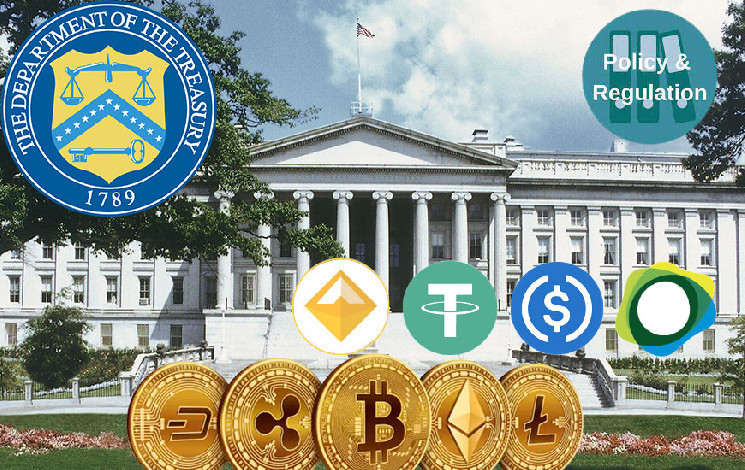- Stablecoin regulations need to improve significantly if have to grow in the long term
- Janet Yellen noted that heir are risks prevalent with the use stablecoins
- FATF does not intend to regulate virtual asset providers or take custody of any
U.S. Depository Secretary Janet Yellen said stablecoins could prompt more prominent efficiencies and add to simpler instalments, yet at the same required appropriate guideline.
She said that there are huge dangers related to them, including dangers to installment frameworks and dangers identified with the centralization of financial power. Yellen and Federal Reserve Chairman Jerome Powell affirmed before a Senate banking board of trustees on Tuesday.
Because of an inquiry from Senator Patrick Toomey about direction from the Financial Action Task Force (FATF) in regards to the guideline of crypto suppliers that never take guardianship or control or client’s resources, Yellen said that she concurred with refreshed FinCEN direction and accepted the FATF does, as well.
Refreshed approach
Yellen noticed that in its refreshed direction, the FATF explained that its plan was not to control as virtual resource suppliers (VASPs) individuals or suppliers that offer just auxiliary types of assistance or items to a virtual resource organization, including equipment producers, suppliers of unposted wallets, programming engineers, or diggers that are not occupied in covered exercises.
During the conversation, Powell noticed that inflationary tensions stay high. The time has come to resign the word ‘passing’ in regards to expansion, Powell told the board.
A stablecoin is a kind of cryptographic money whose worth is fixed to another resource class, like a government issued money or gold, to settle its cost.
Digital currencies, for example, bitcoin and ether offer various advantages, and one of the most crucial isn’t needing trust in a delegate organization to send installments, which opens up their utilization to anybody all throughout the planet. However, one key disadvantage is that cryptographic forms of money’s costs are erratic and tend to change, regularly fiercely.
Stablecoins as a resource
This makes them difficult for regular individuals to utilize. For the most part, individuals hope to have the option to realize how much their cash will merit in seven days’ time, both for their security and their job.
Digital currency’s unconventionality comes as opposed to the by and large stable costs of government issued currency, like U.S. dollars, or different resources, like gold. Upsides of monetary forms like the dollar do change continuously over the long run, yet the everyday changes are frequently more extreme for digital currencies, which rise and fall in esteem consistently.
Normally, the element behind a stablecoin will set up a save where it safely stores the resource or bushel of resources backing the stablecoin – for instance, $1 million in an antiquated bank (the sort with branches and tellers and ATMs in the anteroom) to back up 1,000,000 units of a stablecoin.
Also read: BTC HAS RECOVERED 5% AND HAS A BRIGHT DECEMBER OUTLOOK
This is one way advanced stablecoins are fixed to certifiable resources. The cash in the save fills in as security for the stablecoin – which means at whatever point a stablecoin holder wishes to cash out their tokens, an equivalent measure of whichever resource backs it is taken from the save.
There is a more intricate kind of stablecoin that is collateralized by other digital forms of money rather than fiat yet still is designed to follow a standard resource like the dollar.
 thecoinrepublic.com
thecoinrepublic.com
